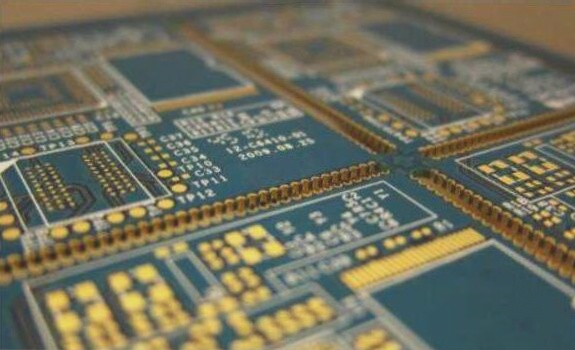1. When analyzing soft line breakage, which is difficult to detect with the naked eye or a microscope, the segmented elimination method is typically employed.
2. When facing issues with open or disconnected FPC (flexible printed circuit boards), the simplest approach is to inspect trace breakage under a microscope. Since FPCs are usually single-layer boards, and occasionally three-layer, most traces are visible through optical instruments.
3. However, Shenzhen Grace Jie has encountered numerous cases where line breaks are undetectable under a microscope. Instead, measuring the gold finger with a three-meter multimeter may reveal an open circuit or fluctuating contact.
4. There’s no need to be overly concerned about such results, as FPCs are referred to as “soft boards” for their flexibility, which presents both advantages and disadvantages. The downside is that this flexibility can lead to copper foil issues, potentially causing copper traces to break.

Although copper foil is inherently soft, repeated bending, reciprocating motions, or impacts can easily lead to fractures. If the break is visible to the naked eye, it’s straightforward to address by simply locating the fracture. Typically, the cause can be identified, allowing for appropriate countermeasures.
The challenge arises when an open or disconnected circuit is detectable at the gold finger end, yet the specific location of the copper foil break remains elusive. Without pinpointing the break, determining the cause of the FPC failure becomes difficult.
1. Begin by examining the problematic circuit under a microscope to identify and mark any suspicious break points.
2. If the microscope fails to reveal any fracture locations, consider dividing the circuit into smaller sections.
3. At both ends of the potential break or at segmented points, carefully slice through the cover film of the soft board using a blade. It’s best to use a new utility or engraving knife, gently scraping the outer protective film to expose the underlying copper foil circuit. This allows you to measure the circuit with a multi-meter, progressively eliminating potential break points until the exact location of the copper foil circuit break is found.
4. If you’re concerned about damaging the copper foil circuit, try cutting in areas without copper foil adjacent to the circuit, then peel back the cover film to achieve the same objective.
(This method requires careful dexterity, which capable PCBA engineers should manage effectively.)
Once you identify the precise break location, if the fracture remains unseen, gently bend the soft board at that point under the microscope. This action can help highlight and enlarge the opening of the broken copper foil.
5. Upon locating the exact break in the FPC copper foil circuit, if the fracture is still not visible, bending the soft board at that location under the microscope can further enhance visibility of the break.
2. When facing issues with open or disconnected FPC (flexible printed circuit boards), the simplest approach is to inspect trace breakage under a microscope. Since FPCs are usually single-layer boards, and occasionally three-layer, most traces are visible through optical instruments.
3. However, Shenzhen Grace Jie has encountered numerous cases where line breaks are undetectable under a microscope. Instead, measuring the gold finger with a three-meter multimeter may reveal an open circuit or fluctuating contact.
4. There’s no need to be overly concerned about such results, as FPCs are referred to as “soft boards” for their flexibility, which presents both advantages and disadvantages. The downside is that this flexibility can lead to copper foil issues, potentially causing copper traces to break.

Although copper foil is inherently soft, repeated bending, reciprocating motions, or impacts can easily lead to fractures. If the break is visible to the naked eye, it’s straightforward to address by simply locating the fracture. Typically, the cause can be identified, allowing for appropriate countermeasures.
The challenge arises when an open or disconnected circuit is detectable at the gold finger end, yet the specific location of the copper foil break remains elusive. Without pinpointing the break, determining the cause of the FPC failure becomes difficult.
1. Begin by examining the problematic circuit under a microscope to identify and mark any suspicious break points.
2. If the microscope fails to reveal any fracture locations, consider dividing the circuit into smaller sections.
3. At both ends of the potential break or at segmented points, carefully slice through the cover film of the soft board using a blade. It’s best to use a new utility or engraving knife, gently scraping the outer protective film to expose the underlying copper foil circuit. This allows you to measure the circuit with a multi-meter, progressively eliminating potential break points until the exact location of the copper foil circuit break is found.
4. If you’re concerned about damaging the copper foil circuit, try cutting in areas without copper foil adjacent to the circuit, then peel back the cover film to achieve the same objective.
(This method requires careful dexterity, which capable PCBA engineers should manage effectively.)
Once you identify the precise break location, if the fracture remains unseen, gently bend the soft board at that point under the microscope. This action can help highlight and enlarge the opening of the broken copper foil.
5. Upon locating the exact break in the FPC copper foil circuit, if the fracture is still not visible, bending the soft board at that location under the microscope can further enhance visibility of the break.




